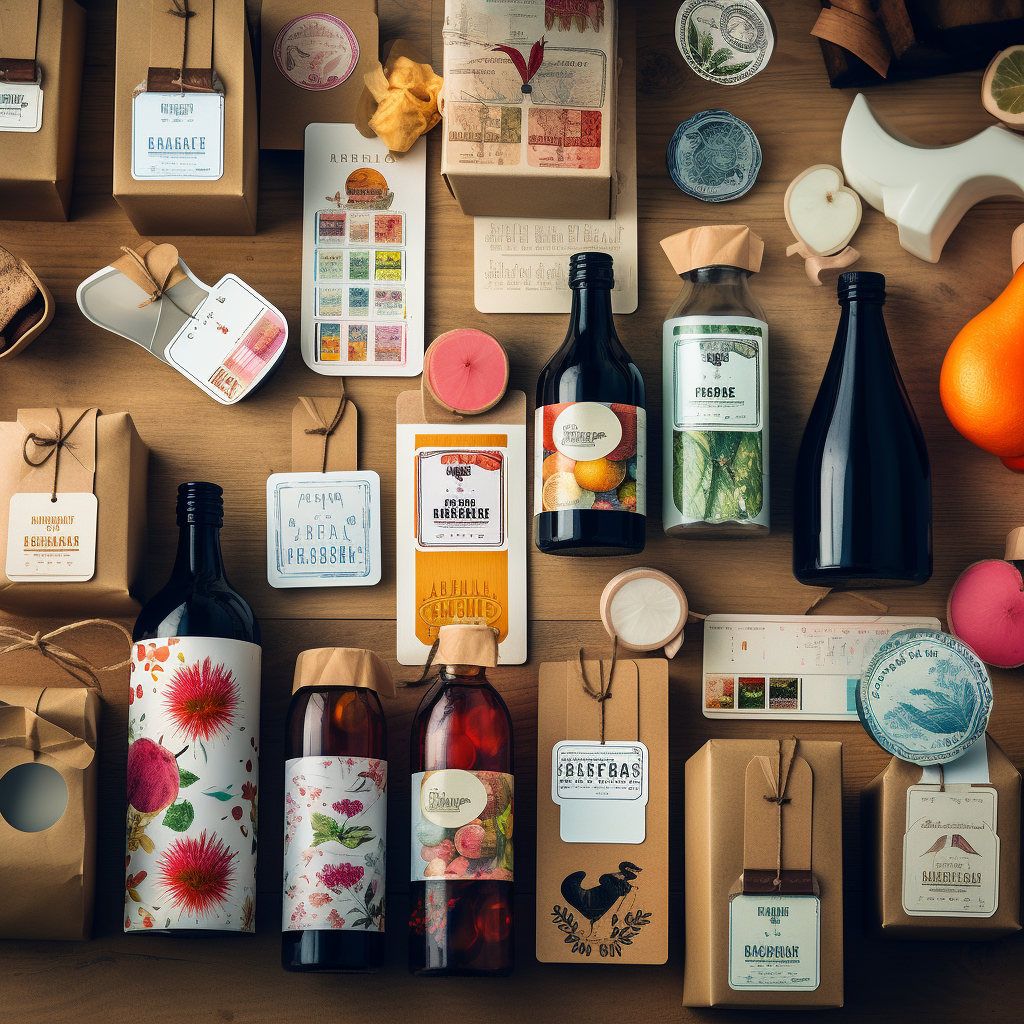The CBD industry has been growing rapidly over the past few years, driven by increasing consumer demand for natural wellness products. However, as the market expands, so does regulatory scrutiny, making it essential for businesses to understand and comply with CBD label requirements. Failing to adhere to these rules can lead to serious legal repercussions, including fines or product recalls.
In this article, we will break down everything you need to know about CBD label requirements in 2024, including state regulations, and tips on how to stay compliant.
Why CBD Label Requirements Matter
Labeling regulations are designed to protect consumers and provide clear, accurate information about the products they are purchasing. For CBD companies, compliance with labeling standards is crucial not only for legal reasons but also for building trust with customers. A well-labeled product can enhance credibility and help avoid confusion about the product’s contents and intended use.
With CBD products gaining popularity over the past few years, more consumers are starting to use cannabis products for various purposes, from managing pain to reducing anxiety.
It is estimated that the U.S. CBD market will reach $16 billion by 2025. With this kind of growth staying compliant can give your brand a competitive edge while ensuring safety and transparency for your customers.
CBD Label Requirements: Federal Regulations
What makes CBD labeling challenging is the lack of clear and specific guidelines from the federal government for these products. While CBD is legal, it is not federally regulated yet. U.S. Food and Drug Administration (FDA) is still running investigations on CBD manufacturers. At present, only one CBD-based pharmaceutical product has received approval, a CBD oil specifically used to treat severe epilepsy.
The absence of clear regulations makes the sales of cannabidiol products vague and shady. In 2020, the FDA sent a report to Congress on the huge amount of mislabeling of CBD products. This situation has led states to create their own regulations.
Here are some basic requirements companies should include on their labels to stay compliant.
1. Product Identity Statement
This is the part of the label that tells consumers what the product is or what it does. It must be clear and easy to understand.
- For example: “CBD Oil Supplement” or “CBD-Infused Lotion.”
Make sure the name of the product clearly reflects its purpose or use.
2. Net Quantity of Contents
Another essential requirement is the net quantity, which informs customers about how much of the product is in the package. It is usually listed in both standard and metric units (e.g., ounces and milliliters). The net quantity for solid products is measured by weight. For liquids, it’s measured by volume.
3. Ingredients List
All ingredients in the CBD product must be listed in order, starting with the ones used the most by weight. This is especially important for products that mix CBD with other oils, herbs, or supplements.
- Ensure that all ingredients, including the type of CBD (such as full-spectrum, broad-spectrum, or CBD isolate), are listed correctly.
4. Supplement Facts Panel
If your CBD product is a dietary supplement, you are required to include a Supplement Facts panel that outlines the following:
- Serving size
- Servings per container
- Amount of CBD per serving
- Any other active ingredients
5. FDA Disclaimer
Since CBD has not been approved as a dietary supplement or drug by the FDA, a disclaimer is required if your product is marketed as such.
The standard FDA disclaimer should be placed on the label: “These statements have not been evaluated by the Food and Drug Administration. This product is not intended to diagnose, treat, cure, or prevent any disease.”
6. Manufacturer/Distributor Information
Name, address, and contact details must be included on both the label and packaging as a sign of transparency. This way consumers can contact the business whenever needed.
7. Warnings and Directions for Use
Include warnings about potential side effects and who the product is not intended for (e.g., pregnant women or children). Clear usage instructions must also be provided to avoid misuse especially if people use other medications too.
8. Batch and Lot Number
This shows the place and time of the product’s manufacturing. It is also necessary for traceability in case of recalls.
State-Specific CBD Label Requirements
As mentioned above, individual states have their own rules regarding the sale and labeling of CBD products. These can differ significantly, so it’s important to check the specific guidelines for each state where you sell your products.
Here is a guide to learn about the state-specific regulations for each state.
Always consult with legal experts to ensure compliance with local laws in every state where your products are sold.
CBD Labeling Mistakes to Avoid
Even with the best intentions, businesses can easily overlook some aspects of CBD labeling. Below are common pitfalls to watch out for:
- Making Medical Claims: Even though CBD is widely used for wellness purposes, making unsubstantiated health claims on your label can lead to legal issues. For example, don’t say that CBD “cures anxiety” or “treats cancer” unless you have FDA approval.
- Failing to List All Ingredients: Omitting any ingredient, even if it’s not active, can lead to being non-compliant.
- Inaccurate CBD Content: Make sure that lab results match the CBD concentration stated on your label. A 2017 study found that 70% of CBD products were mislabeled regarding their actual CBD content, leading to mistrust and potential regulatory action.
Best Practices for Staying Compliant with CBD Label Requirements
1. Use Third-Party Lab Testing
Transparency is important in every business, and cannabis market is no exception. One of the best ways to achieve this is by including a Certificate of Analysis (COA) from a third-party lab on your product’s label. The COA verifies the CBD and THC content, as well as the absence of contaminants like heavy metals or pesticides.
- Pro Tip: Include a QR code on the label that links directly to the COA, which is a legal requirement in some states.
2. Monitor Regulatory Changes
The legal landscape surrounding CBD is continually evolving. Stay updated with changes in FDA regulations and state laws by consulting with legal experts.
3. Invest in Professional Label Design
Poorly designed labels can result in non-compliance. Work with professionals who understand the complexities of CBD regulations and can ensure that your product labels are both attractive and compliant.
Navigating CBD label requirements can seem overwhelming, especially given the patchwork of federal and state regulations. However, staying compliant is essential to avoid legal problems and build trust with consumers.
Remember, well-crafted and compliant labels are more than a legal necessity—they are a crucial part of your brand’s reputation.
It is also important to make sure your CBD product labels meet all compliance requirements before printing to avoid costly reprints and delays.
Staying up to date with regulations and label accuracy not only protects your business but also strengthens your brand’s credibility and long-term success.



